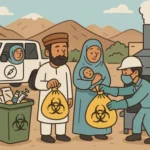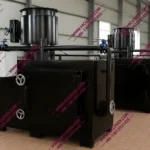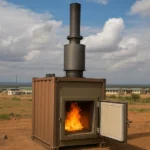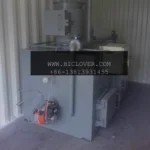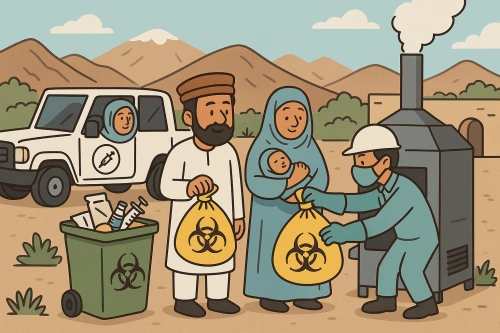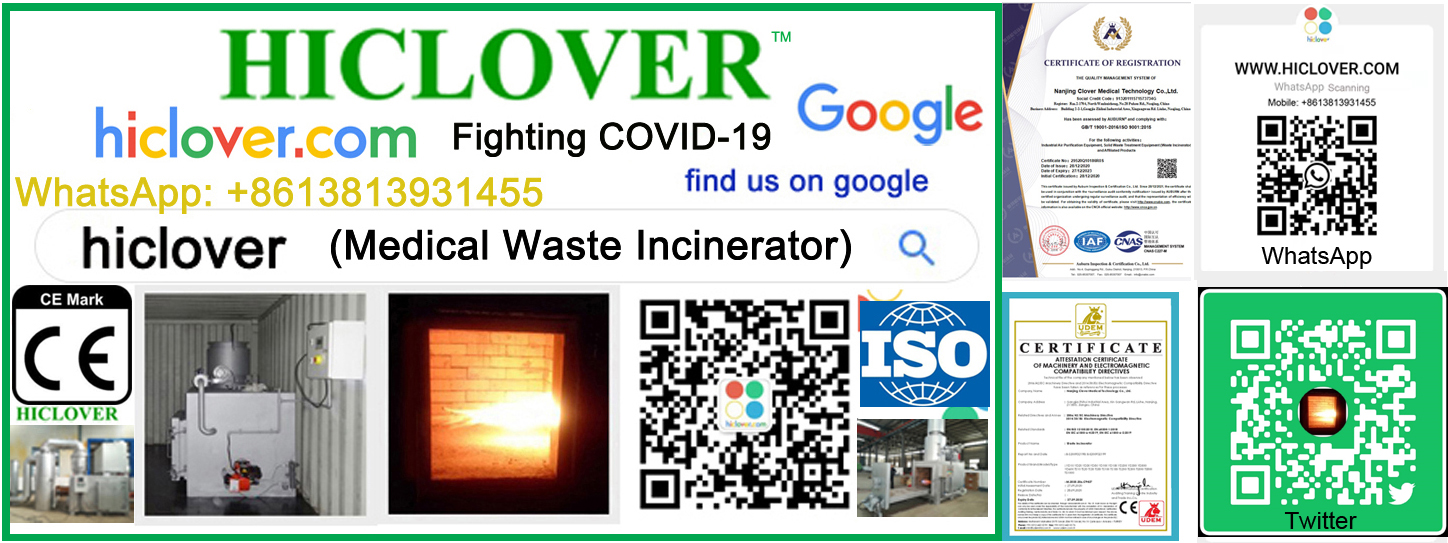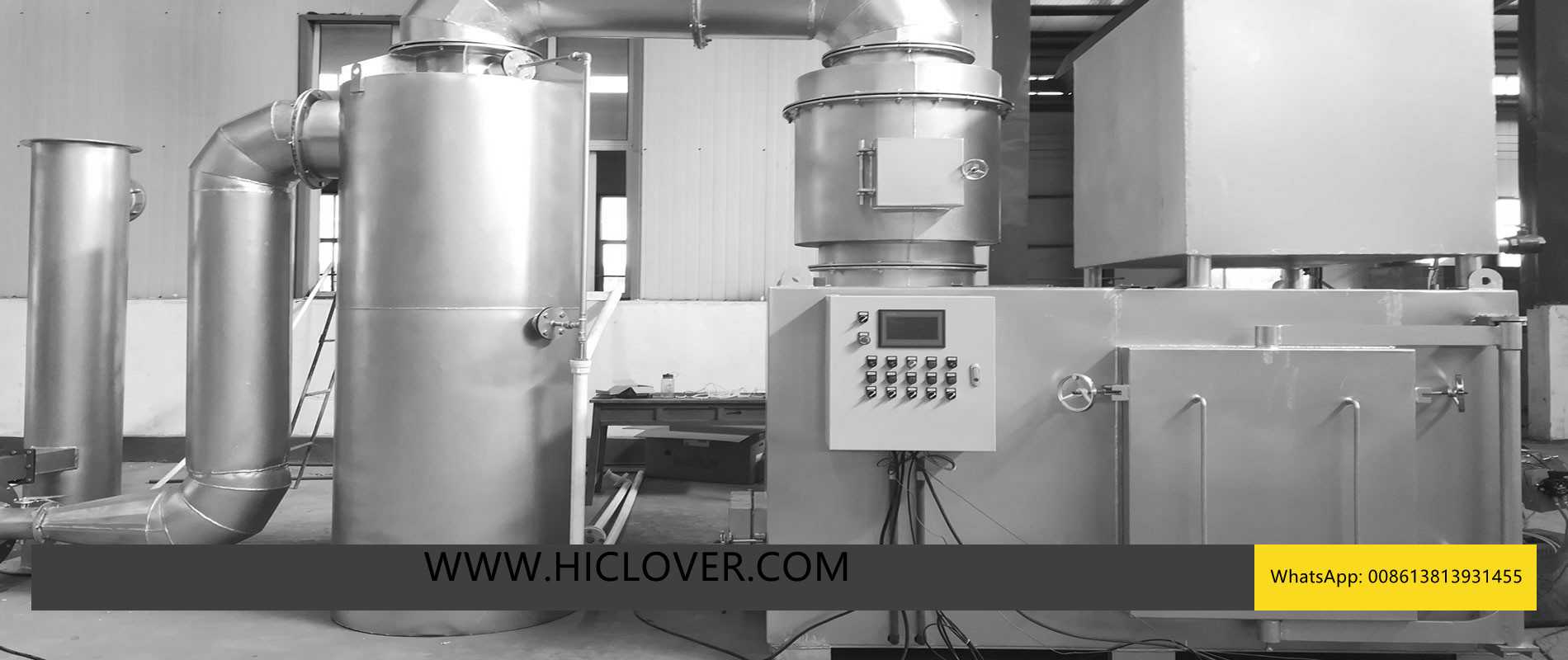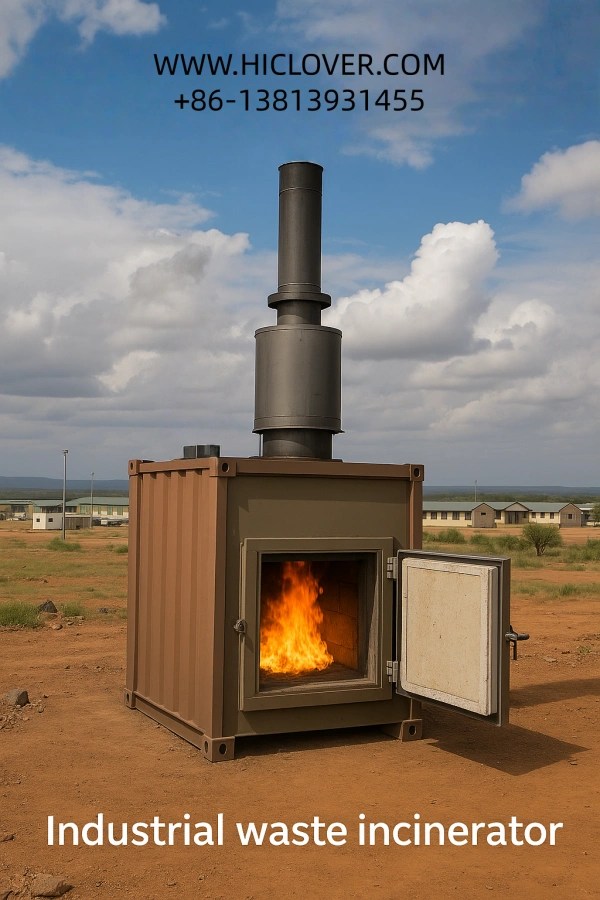Safe Healthcare Waste Treatment Equipment and Services for Afghanistan’s National Expanded Program for Immunization
Access to healthcare is a fundamental human right, yet in Afghanistan and much of Central Asia, geographical, infrastructural, and economic challenges continue to restrict it. Mountainous terrain, vast rural distances, and poor transport networks hinder communities’ ability to reach medical services. To overcome these barriers, Afghanistan’s National Expanded Program for Immunization (NEPI) and partner organizations conduct outreach sessions, routine immunization, and national vaccination campaigns to deliver essential vaccines and medicines across the country.
However, these vital public health efforts create a parallel challenge: the accumulation of hazardous medical waste. Each vaccination campaign generates infectious sharps, used vials, contaminated packaging, expired cold-chain materials, and damaged thermometers or data loggers. Without safe treatment and disposal systems, such waste poses serious health and environmental risks―potentially reversing public health gains made through immunization.
Current Waste Management Gaps
A 2023 UNICEF assessment revealed that Afghanistan faces systemic weaknesses in healthcare waste management:
-
Only 43% of facilities had access to national guidelines on safe waste handling.
-
About 60% had some waste segregation systems in place, but segregation practices were often inconsistent.
-
Only 49% of immunization waste from outreach sessions was transported back to facilities for safe disposal; the rest was openly burned or buried, contaminating soil and air.
-
Just 17% of healthcare workers had received formal training in safe waste handling.
-
Over half of facilities lacked adequate personal protective equipment (PPE), and only 41% of staff consistently used it.
These figures highlight both a lack of infrastructure and a gap in operational capacity. In many rural clinics, waste is managed through open burning or low-temperature incineration, methods that release harmful emissions, leave infectious residues, and endanger nearby communities.
Toward Sustainable Waste Treatment Solutions
To mitigate these risks, the proposed project focuses on strengthening the safe management of immunization-related medical waste at both community and facility levels. The program will establish a network of five environmentally sustainable incineration systems, specifically designed for Afghanistan’s rugged terrain and limited resources.
These systems will:
-
Operate at high combustion efficiency, ensuring complete destruction of infectious materials.
-
Be fuel-flexible (diesel or LPG), suitable for remote or low-infrastructure environments.
-
Require minimal installation and maintenance, making them practical for rural health centers.
-
Comply with WHO and national emission standards, supporting Afghanistan’s commitments under international environmental frameworks.
-
Include training modules for health staff on waste segregation, handling, and equipment operation to build long-term capacity.
Regional Relevance
The situation in Afghanistan mirrors challenges across Central Asia, where remote populations, limited waste infrastructure, and constrained budgets hinder proper healthcare waste management. By implementing safe, small-scale incineration technologies and training programs, countries in the region can reduce disease transmission, improve occupational safety, and strengthen public confidence in national immunization efforts.
Conclusion
Safe waste treatment is not only a technical necessity but a cornerstone of public health integrity. For Afghanistan’s NEPI program, introducing sustainable incineration systems and waste management training represents a decisive step toward a safer, cleaner, and more resilient healthcare environment. Proper disposal of medical waste ensures that immunization―one of the most effective health interventions―remains both life-saving and environmentally responsible across Afghanistan and its Central Asian neighbors.
2025-11-12/16:38:53
|
Incinerator Items/Model |
HICLOVER TS100(PLC)
|
|
Burn Rate (Average) |
100kg/hour |
|
Feed Capacity(Average) |
150kg/feeding |
|
Control Mode |
PLC Automatic |
|
Intelligent Sensor |
Continuously Feeding with Worker Protection |
|
High Temperature Retention(HTR) |
Yes (Adjustable) |
|
Intelligent Save Fuel Function |
Yes |
|
Primary Combustion Chamber |
1200Liters(1.2m3) |
|
Internal Dimensions |
120x100x100cm |
|
Secondary Chamber |
600L |
|
Smoke Filter Chamber |
Yes |
|
Feed Mode |
Manual |
|
Burner Type |
Italy Brand |
|
Temperature Monitor |
Yes |
|
Temperature Thermometer |
Corundum Probe Tube, 1400℃Rate. |
|
Temperature Protection |
Yes |
|
Automatic Cooling |
Yes |
|
Automatic False Alarm |
Yes |
|
Automatic Protection Operator(APO) |
Yes |
|
Time Setting |
Yes |
|
Progress Display Bar |
3.7 in” LCD Screen |
|
Oil Tank |
200L |
|
Chimney Type |
Stainless Steel 304 |
|
1st. Chamber Temperature |
800℃–1000℃ |
|
2nd. Chamber Temperature |
1000℃-1300℃ |
|
Residency Time |
2.0 Sec. |
|
Gross Weight |
7000kg |
|
External Dimensions |
270x170x190cm(Incinerator Main Body) |
|
Burner operation |
Automatic On/Off |
|
Dry Scrubber |
Optional |
|
Wet Scrubber |
Optional |
|
Top Loading Door |
Optional |
|
Asbestos Mercury Material |
None |
|
Heat Heart Technology(HHT) |
Optional |
|
Dual Fuel Type(Oil&Gas) |
Optional |
|
Dual Control Mode(Manual/Automatic) |
Optional |
|
Temperature Record |
Optional |
|
Enhanced Temperature Thermometer |
Optional |
|
Incinerator Operator PPE Kits |
Optional |
|
Backup Spare Parts Kits |
Optional |
|
Mobile Type |
Optional:Containerized/Trailer/Sledge Optional |



